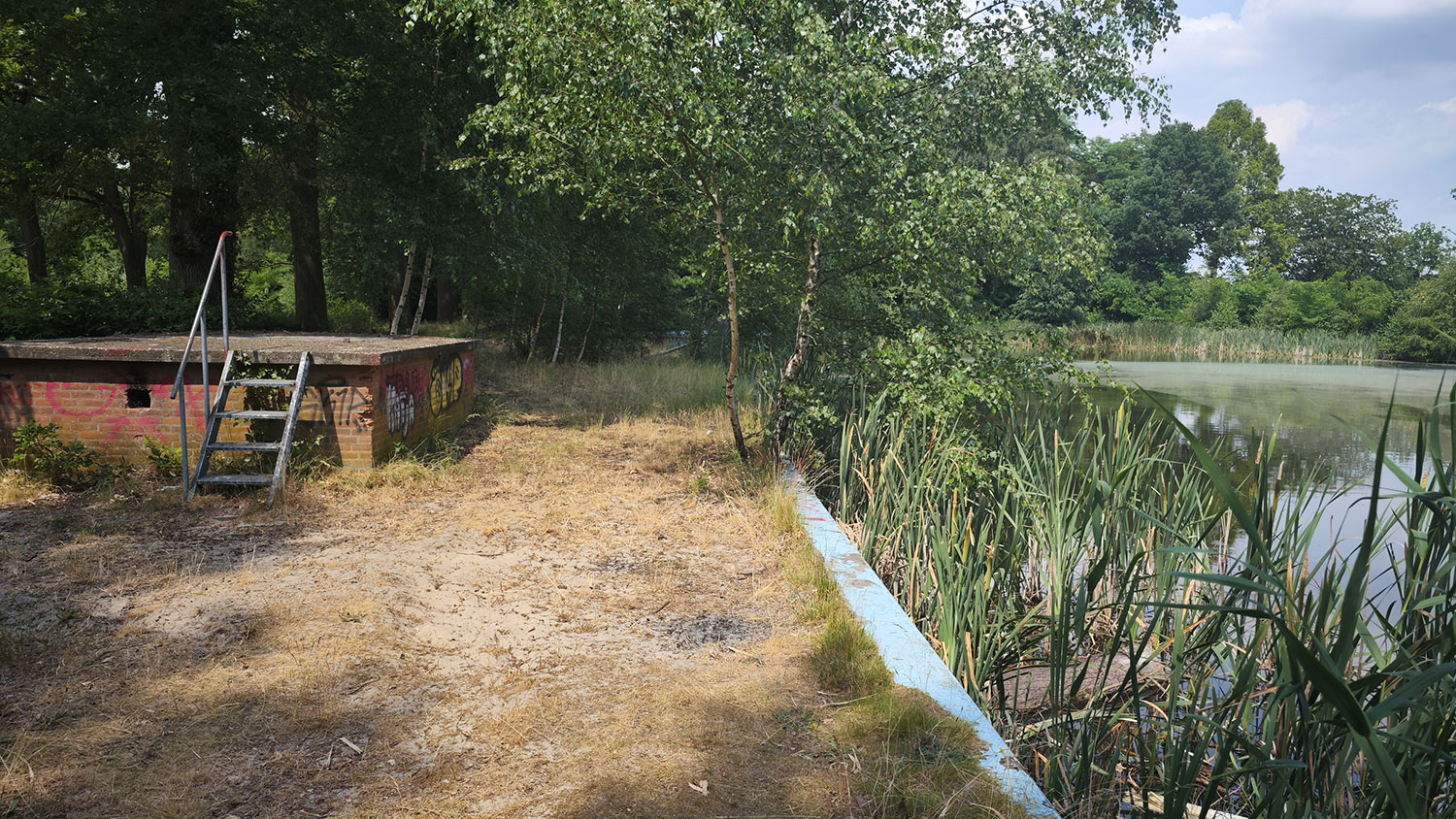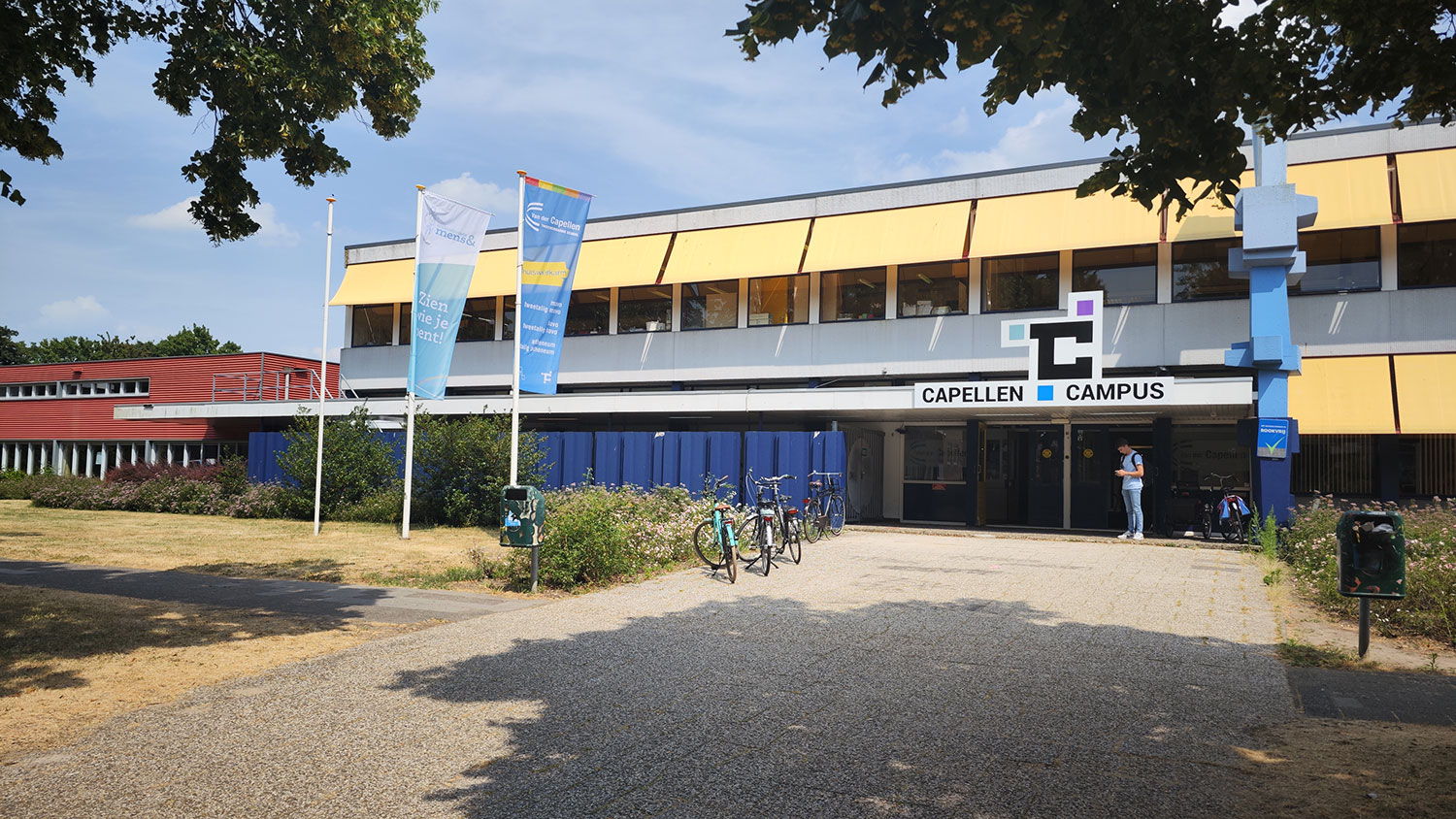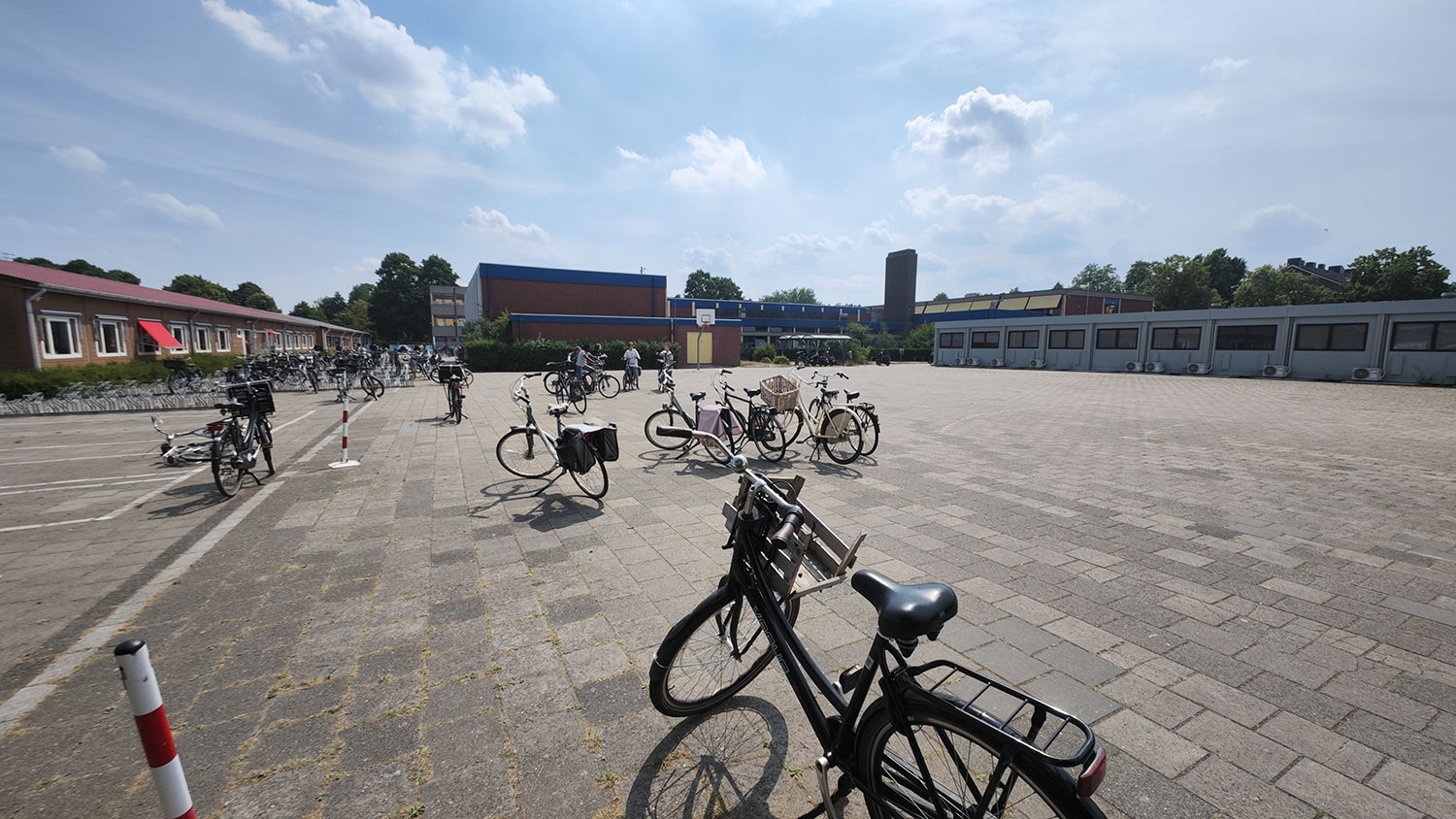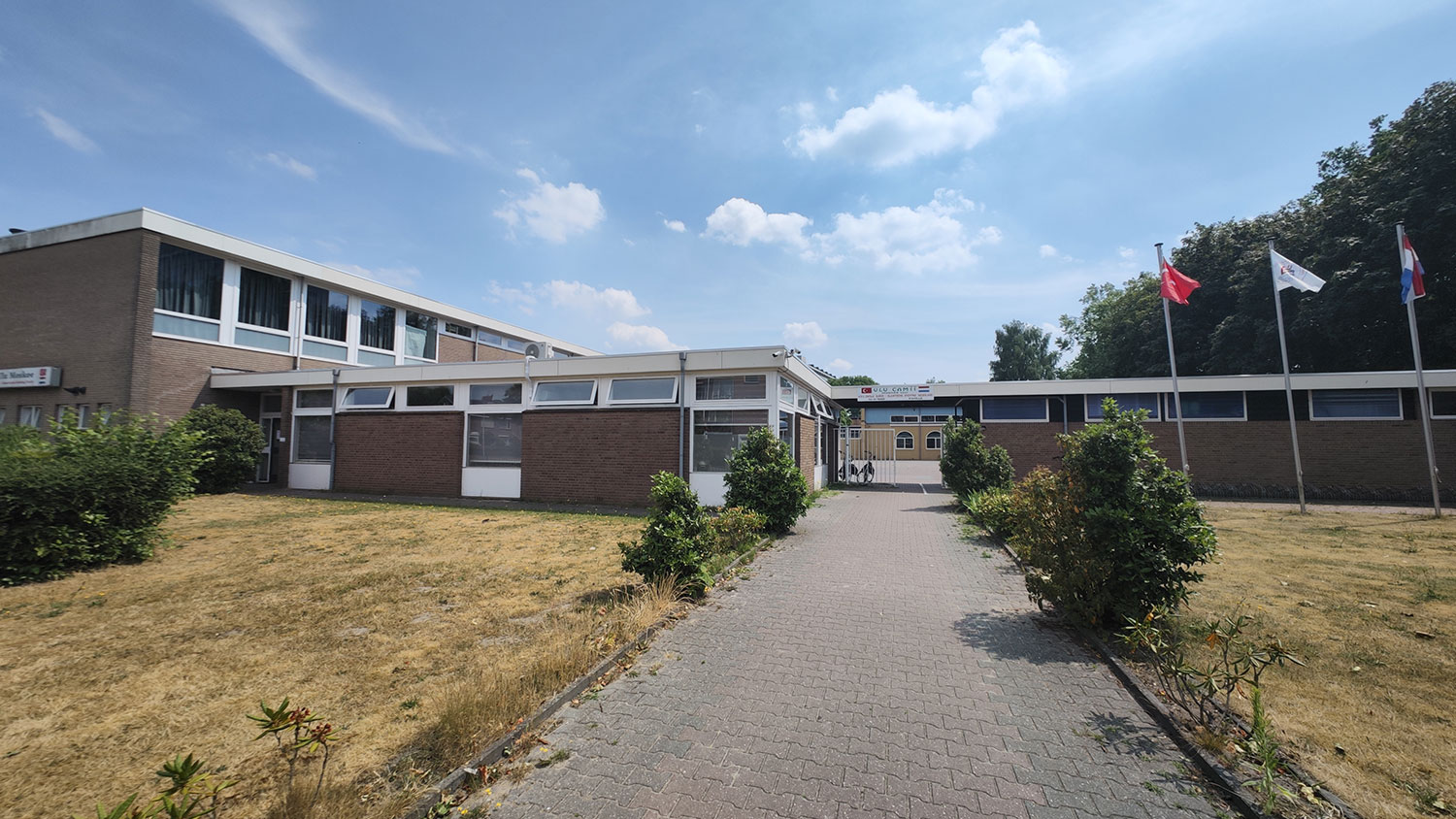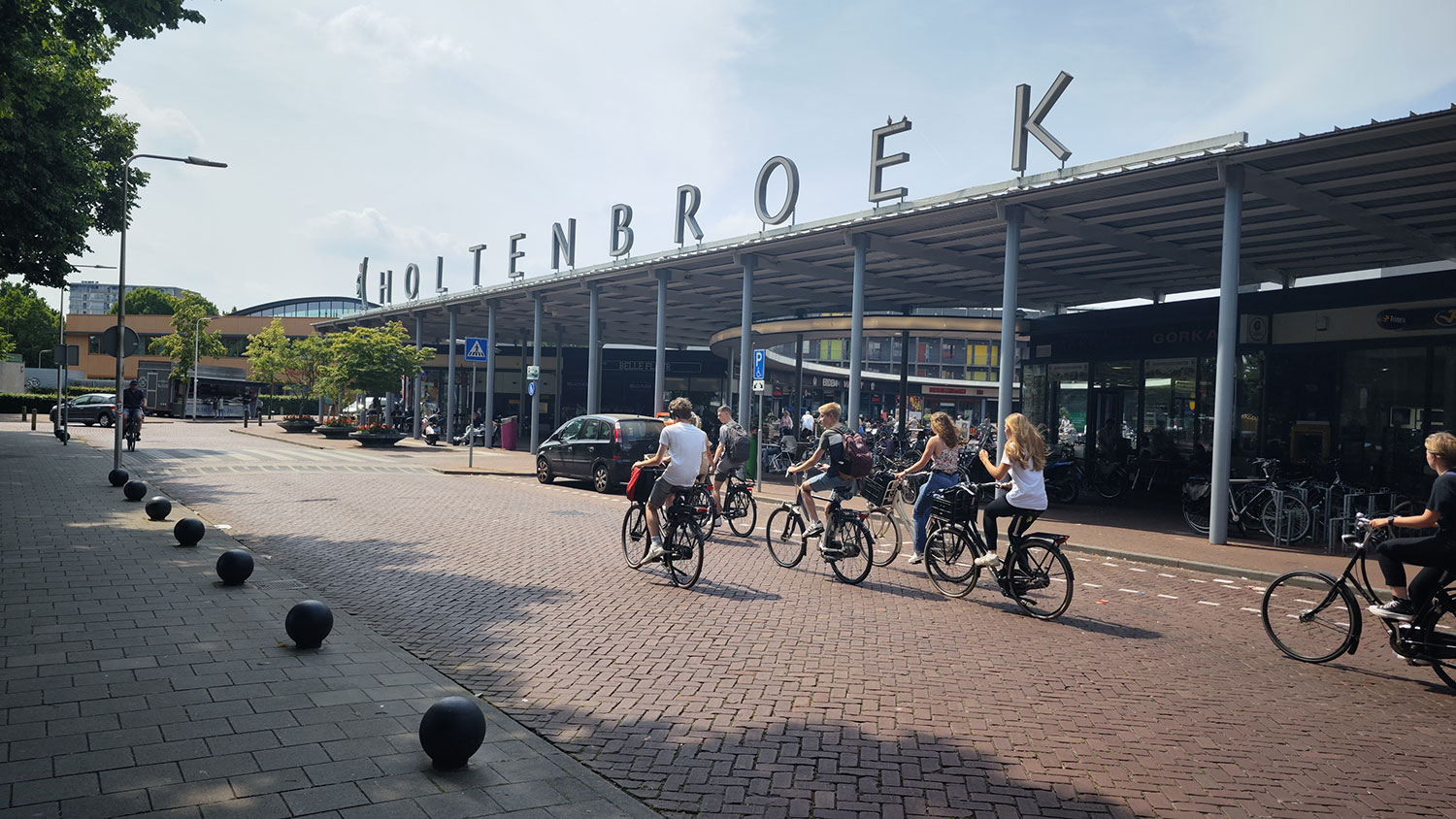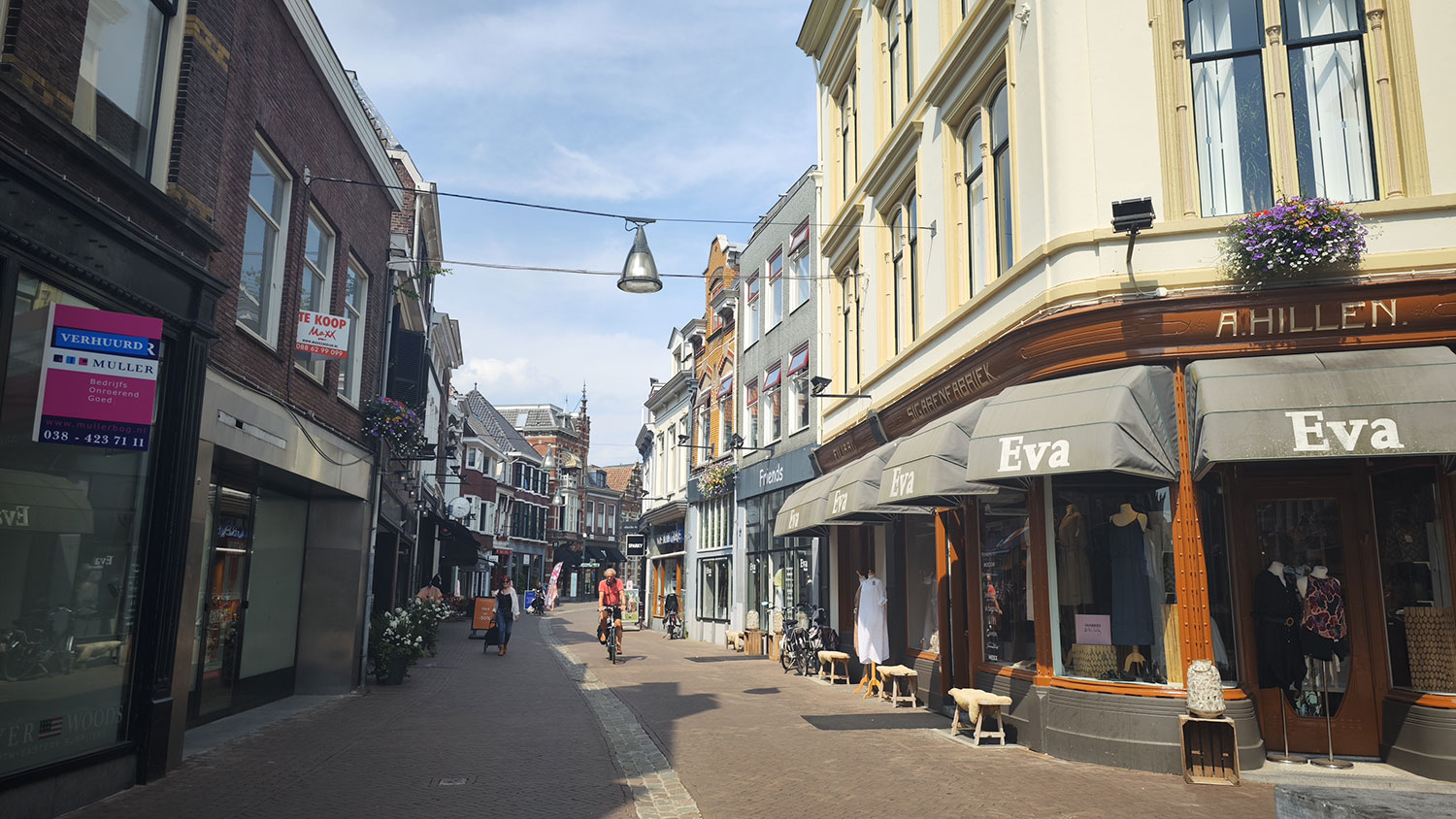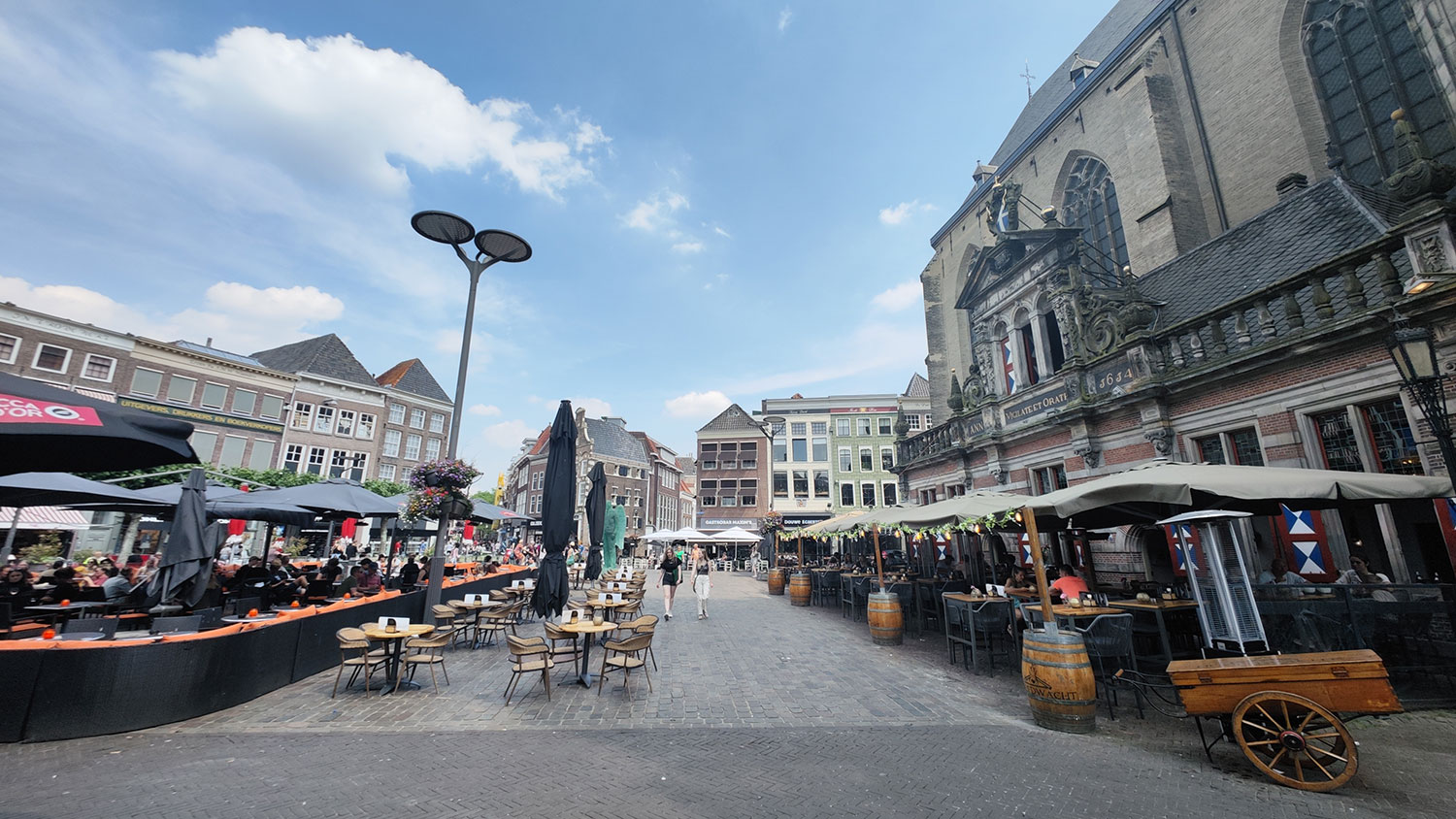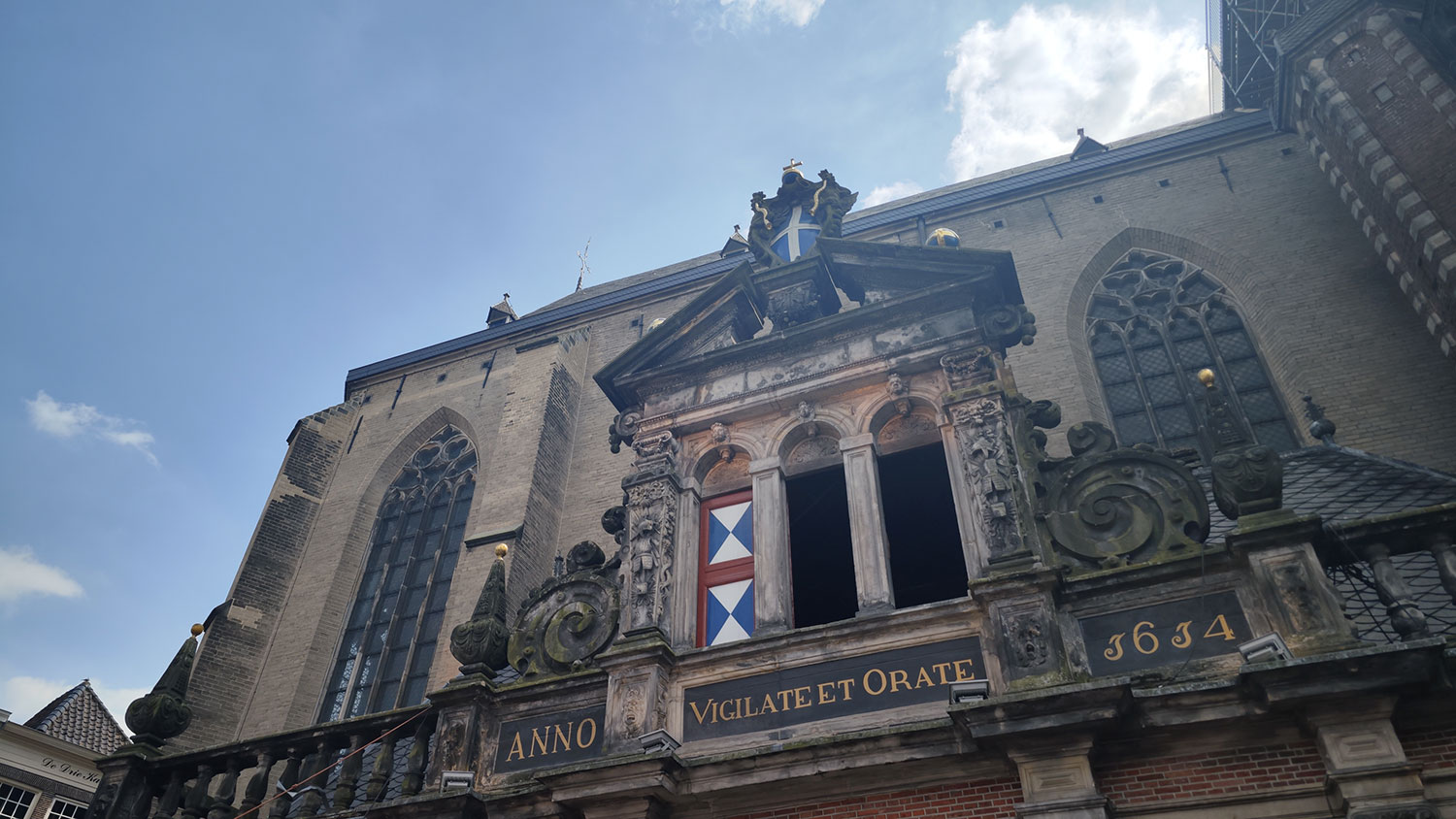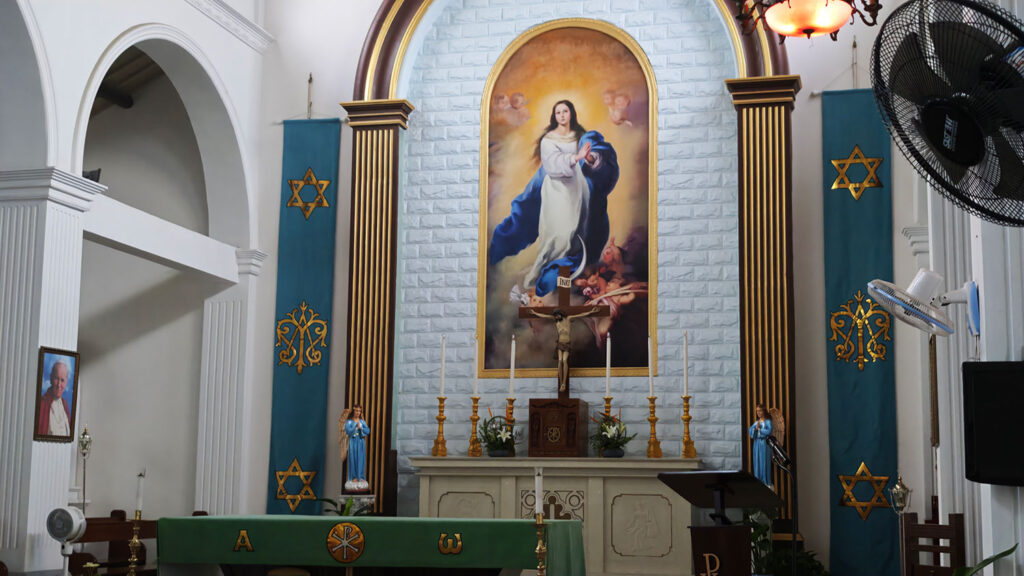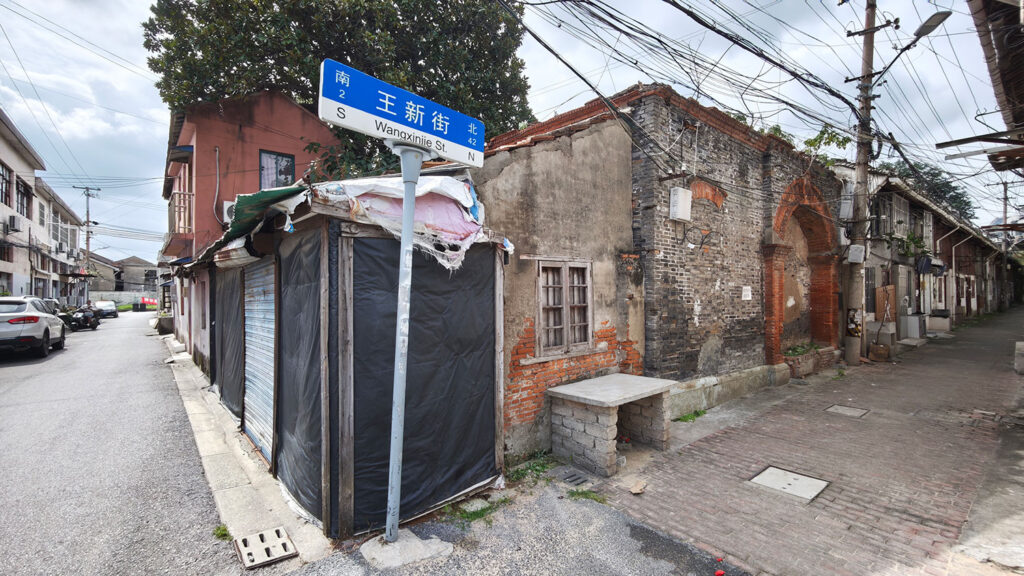I’m cycling through my hometown and the places of my youth, and it’s impossible not to get romantic. The pond we used to feed the ducks with our mom and later fish on our own, the field where we played football but had to watch out for dog poo, and the outdoor swimming pool that is now almost taken back by nature. I’m now older, the hills seem less steep and the roads less long.
My hometown Hattem used to be an important trading city centuries ago, but now it’s mainly a satellite city of Zwolle. For most of my youth, Zwolle seemed big and important. Ours, like many other villages in the East of the Netherlands, were drawn to Zwolle for all it had to offer that they didn’t: big warehouses, a cinema, a hospital, and a train station. Plus my high school and college. And so I always had classmates from countless villages I had never been to myself but often heard about.
(This is the miracle of Europe: Travel in any random direction for five kilometers and you’ll find a village in which the people will gladly tell you that compared to the next village, their cheese is tastier, their men are stronger, and their women are more beautiful.)
It’s in Zwolle that I get back the strongest memories — those of a teenager finding his way through the temptations of this world. The house my friend used to live in, and us illegally downloading songs in MP3 format. Parks where we hung out instead of doing homework, little alleys my friend picked up half-smoked cigarettes from the ground to finish smoking them, the pond we crossed in the winter even though the ice was thin, and the supermarket where I frequently bought junk food. And my high school’s square, where I looked up to kids cooler than me, but in later years I could join their ranks and join them in playing football and basketball.
These years didn’t shape me, but they did solidify the form. Yet I barely have photos of this time. For one part because a wayward teenager did not want to partake in any photos being taken at family events, and for the other part photos lost with the first generation of digital cameras and poor backup ethics. Yet the lack of proof made me feel removed from this era: ‘Was that person really me?’
But cycling here brings so much back, as if I’m inside the huge photo album I never had. But also an important way for the thirty-three-year-old me to get to know better the young person that I used to be. It is curative. Perhaps every person has one half that never changes, and another one that always does. No matter how big the gap is, these two halves should always stay in touch with each other.


